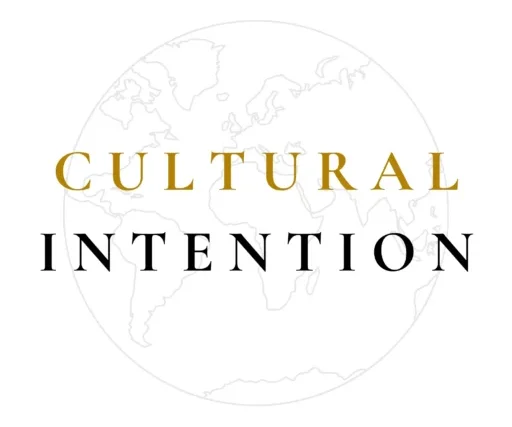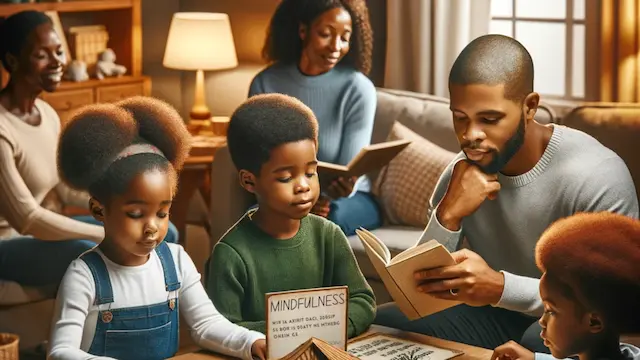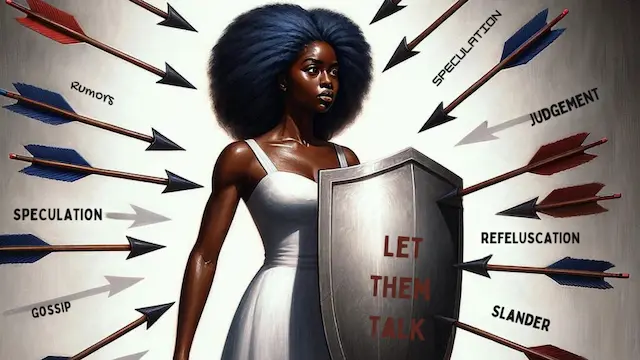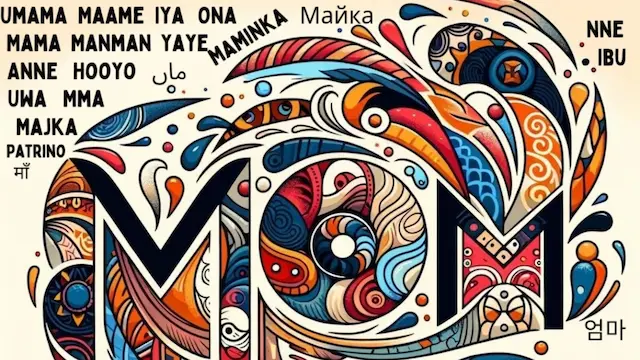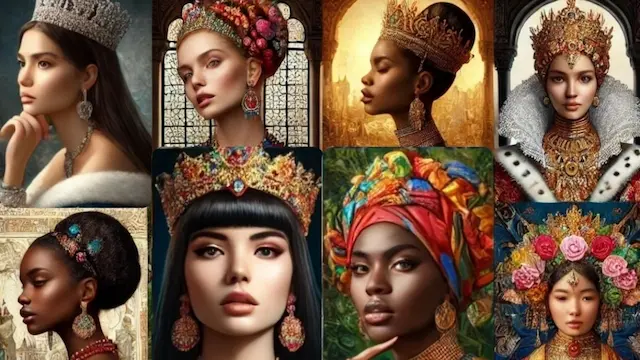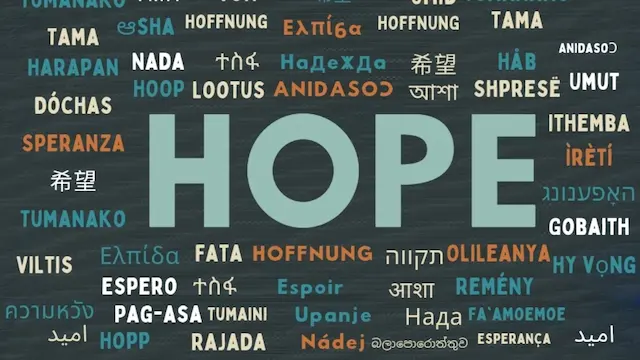‘If You Can’t Find It, Make It’: A Guide to Creating Your Own Cultural Learning Resources

THIS POST MAY CONTAIN AFFILIATE LINKS. THIS MEANS WE MAY RECEIVE A COMMISSION FROM QUALIFYING PURCHASES YOU MAKE THROUGH OUR LINKS. KINDLY READ OUR DISCLOSURE NOTICE FOR MORE INFORMATION.
Learning about different cultures and communities is important to expanding your knowledge and understanding of the world.
However, finding resources that accurately represent the culture or community you are interested in can be challenging.
This is where creating your own cultural learning resources can be a valuable and rewarding experience.
You can tailor the information to your specific interests and needs by creating your cultural learning resources.
You can also ensure the information is accurate and respectful of the represented culture or community.
Additionally, creating cultural learning resources can be a way to contribute to cultural heritage preservation and diversity.
Let's chat about some tips for creating your own cultural learning resources.
Whether you're interested in putting together a lesson plan for a classroom or homeroom, dreaming up a cultural tour of your city, or just curious to learn more about a specific culture or community that is not widely represented, this guide is your resource to kick-start your journey.
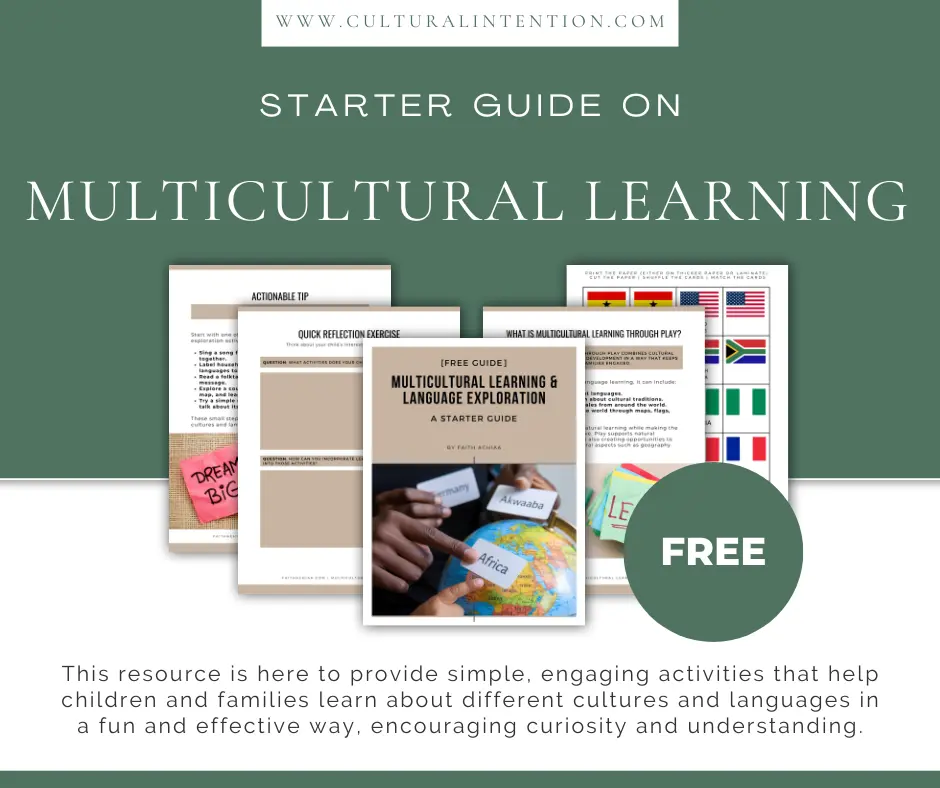
Ready to Raise
Globally Minded Kids?
Download your FREE starter guide on Multicultural Learning & Language Exploration and help your children engage with the world through fun, hands-on activities.
Identifying the Representation Gap When Creating Your Own Cultural Learning Resources
It's important that cultural learning resources accurately represent the diversity of our world.
One way to identify the representation gap in learning resources is to look at the diversity of the content.

Are there materials that represent a variety of cultures, races, religions, and backgrounds? If not, there may be a void to be filled.
Additionally, consider whether these materials are represented on major platforms like Pinterest, Facebook, and Twitter.
Accessibility on these platforms can significantly impact the reach and availability of cultural learning resources.
Another way to identify the representation gap is to examine the stereotypes reinforced in the learning resources.
Are certain groups portrayed negatively or stereotypically? If so, this can contribute to harmful biases and misconceptions.
It's important to remember that representation matters for all students, regardless of their background.
When your kids and students see themselves reflected in the learning resources, they are more likely to feel valued and included.

On the other hand, when students are consistently exposed to stereotypes and limited perspectives, this can lead to feelings of exclusion and marginalization.
By identifying the representation gap in learning resources, you can take steps to create your own resources that accurately represent the diversity of the world.
This can help promote a more inclusive and accurate learning environment for your family or students.
Understanding the Impact of Underrepresentation in Learning Resources
When it comes to cultural learning resources, underrepresentation can have a significant impact on students' engagement, critical thinking, and overall understanding of cultural diversity.
In many cases, traditional learning resources fail to represent the diverse cultures and perspectives that exist in our world today.

This can lead to a lack of interest and engagement among students and a limited understanding of the complexities of different cultures.
Leveraging Technology and Social Media
One way to address the issue of underrepresentation in learning resources is by leveraging technology and social media.
Digital communities and social media platforms allow individuals from diverse backgrounds to connect, share ideas, and exchange cultural knowledge.
My favorite right now is X (formerly Twitter); if you sift through the nonsense, the cultural exchanges thrive there, and diverse perspectives are celebrated.
Incorporating these resources into your cultural learning materials can help students or family members better understand different cultures and perspectives.
For example, you could create a list of social media accounts or digital communities focusing on different cultures or cultural exchanges.
This could include accounts that showcase traditional foods, fashion, music, and art from different cultures.

By encouraging students to follow these accounts and engage with the content, you can help them develop a deeper appreciation for cultural diversity and gain a more nuanced understanding of different cultures.
In addition to social media, technology can also be used to create interactive learning resources that allow your children and students to engage with different cultures in a more immersive way.
This could include virtual reality experiences, interactive maps, or online cultural exchange programs.
Incorporating these types of resources into your curriculum can help students develop critical thinking skills and gain a more comprehensive understanding of different cultures.
Content Creation and Curation for Cultural Learning
Creating and curating content for cultural learning can be a rewarding experience.
Whether you are a teacher looking to incorporate culturally responsive teaching into your curriculum, an author seeking to write diverse and inclusive books, a parent wanting to teach their children about the rich culture they are not introduced to outside of their home, or simply someone interested in learning more about different cultures, there are many ways to create and curate resources that can help you achieve your goals.
When creating content for cultural learning, knowing about the culture you represent is important.
This means researching and consulting with members of that culture to ensure that your content is accurate and respectful.

It is also important to be aware of cultural stereotypes and to avoid perpetuating them in your content.
Curating content for cultural learning involves selecting relevant, accurate, and engaging resources.
This can include books, articles, videos, and other materials that provide insight into different cultures.
When curating content, it is essential to consider the needs and interests of your audience, as well as the cultural backgrounds and experiences of the individuals you are trying to reach.
Whether creating or curating content, it is important to be clear and concise in your messaging.
This means using language that is accessible and easy to understand, while also conveying a sense of confidence and expertise.
Using tables, lists, bold, and italic formatting is also important to help organize and convey information to your audience.
By taking the time to create and curate high-quality resources, you can help promote cultural understanding and appreciation in your community and beyond.
Addressing Concerns in Creating and Using Cultural Learning Resources
Creating cultural learning resources can come with its own set of challenges. Here are some common concerns and strategies for addressing them:

Concerns of the Creator
- Overcoming Language Barriers: Language barriers can be challenging when creating cultural learning resources. Consider providing translations or subtitles to make your content accessible to a broader audience.
- Finding Reliable Sources: Ensuring the accuracy and authenticity of cultural information is crucial. Seek out reliable sources and consider consulting experts, community members, or high-authority websites to verify information.
- Incorporating Diverse Perspectives: Incorporating diverse perspectives and voices in your cultural learning materials is essential. Be intentional about including a range of perspectives to provide a more comprehensive understanding of the culture you're representing.
- Navigating Copyright Issues: Copyright and intellectual property issues can arise when using cultural content. To avoid legal issues, familiarize yourself with copyright laws and seek permission when using third-party materials.
- Balancing Authenticity and Educational Objectives: Balancing cultural authenticity and educational objectives is key. Be mindful of cultural sensitivities while ensuring that your materials meet academic goals.

Concerns of the Buyer
Buyers may be concerned about cultural sensitivities and personal biases when purchasing or using cultural learning resources.
These concerns can impact the effectiveness and appropriateness of the resources for their needs and what you create for the audience.
Addressing Cultural Sensitivities: Buyers may be concerned about whether the resources accurately and respectfully represent diverse cultures. They may seek assurances that the content is culturally sensitive and free from stereotypes or misconceptions.
Addressing Personal Biases: Buyers may also be concerned about the creator's personal biases and how they may influence the content. They may want assurance that the creator has taken steps to reflect on their own cultural background and experiences and that they are open to feedback and willing to adjust their approach as needed.
Ensuring Knowledgeable Curation: Additionally, buyers may want to ensure that the person curating the cultural learning resources is knowledgeable, not just through book research, but also through lived experience and inside knowledge of the represented culture. This ensures a more authentic and accurate portrayal of the culture.
By addressing these concerns, creators can ensure that their cultural learning resources are relevant, practical, and inclusive for buyers and their audiences.
This promotes a deeper understanding and appreciation of diverse cultures and encourages empathy, inclusivity, and cultural exchange.
Personal Reflections: Navigating the Path of Cultural Content Creation
In my journey of creating educational resources, I've found it to be an incredibly fulfilling endeavor.
Initially, I began by creating materials to meet my family's educational needs, but I soon recognized the potential to reach a broader audience.

As a multicultural family, instilling a deep appreciation for our children's heritage has been rewarding and enlightening.
Living in the States, our kids could easily recite the American anthem and know American presidents and states by heart, but our German and especially our Ghanaian heritage required more of an intentional approach.
We deliberately tried to incorporate more of our cultural resources during our homeschooling days.
Even now that they're back in public school, we take every opportunity to introduce multicultural learning into their education.
Recognizing the need for comprehensive and inclusive cultural learning resources, we set out to create materials that educate and celebrate diversity.
Tools like PowerPoint and Canva have been essential in bringing our heritage to life, while joining educational content creation communities has provided valuable insights and strategies.
Today, our shop, Cultural Intention, is steadily growing, offering diverse resources tailored to multicultural families like ours, related to our blog posts, and essential everyday resources.
We are building toward guiding individuals and families in building a legacy rooted in purpose and intention.
Witnessing our children embrace and celebrate their heritage is truly fulfilling. Though the journey has its challenges, their enthusiasm makes every effort worthwhile.
We're excited to continue this journey and branch out and share our resources on Etsy, creating meaningful content that promotes understanding and pride in our multicultural identity.
Empowering Action and Community Engagement
Creating your own cultural learning resources is not just about personal growth and education; it's also about empowering action and community engagement.
By creating your own resources, you will learn about culture and contribute to your community's cultural wealth.

One way to empower action and community engagement is to involve members of the cultural communities you are learning about in the creation process.
This can include seeking out experts, community leaders, and knowledgeable family members to provide guidance or feedback on your resources.
For instance, I've received a wealth of information from my parents and father-in-law, whose lived experiences and insights have greatly enriched my understanding of our cultural heritage.
By involving community members and knowledgeable family members, you can ensure that your resources are accurate, respectful, and culturally appropriate.
Another way to empower action and community engagement is to share your resources with others.
While publishing your work may initially feel intimidating, I've found that the feedback I've received and the lessons I've learned have been invaluable in deepening my understanding and contributing to meaningful dialogue within the community.
You can inspire others to learn about and appreciate different cultures by sharing your resources.
This can include hosting workshops or events to teach others about the culture you have learned about, or simply sharing your resources online or through social media.

Empowering action and community engagement by creating cultural learning resources can also lead to personal growth and empowerment.
Creating a Vibrant Cultural Education Landscape
By creating cultural learning resources, you can play an active role in shaping the cultural education landscape.
Ensuring that cultural heritage is preserved and celebrated, and making these resources easily accessible on popular platforms, promotes inclusion and educational equity.
Sharing your journey of creating your own cultural learning resources and encouraging others to create easily accessible and accurate representations builds a community dedicated to celebrating diversity and promoting understanding.
Education is the passport to the future, for tomorrow belongs to those who prepare for it today.”
Malcolm X
Reflecting on one's own cultural identity and experiences enables the creation of authentic and meaningful resources. It nurtures a sense of belonging and pride in cultural heritage while promoting understanding and respect for other cultures.

Utilizing interactive and engaging learning resources makes cultural education more accessible and enjoyable for learners of all ages and backgrounds, breaking down barriers and promoting a more inclusive society.
“Be the change you want to see”
Unknown
Sharing resources contributes to a vibrant cultural education community, where everyone has the opportunity to learn and grow.
Sometimes we have to unlearn the idea that culture only comes from textbooks or formal lessons.
You have the power to create or choose tools that reflect your family’s lived experiences and traditions and plant seeds of identity, memory, and pride for generations to come.
Together, we can build a more culturally aware and accepting society that values and celebrates everyone's heritage.
IF THIS POST SPOKE TO YOU, EXPLORE MORE OF THE JOURNEY ON OUR SITE.
You'll find free guides, intentional tools, and reflections to support cultural growth and legacy-building.
💬 Looking for connection? Join our Facebook community to continue the conversation.
📌 Pin an image to revisit or share with someone walking a similar path.
Thank you for being here.



